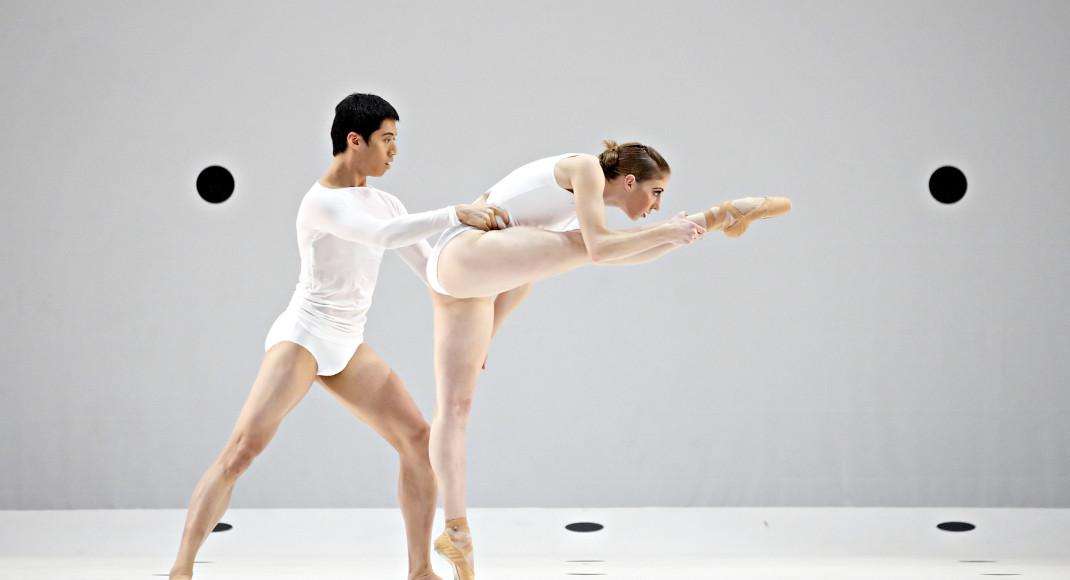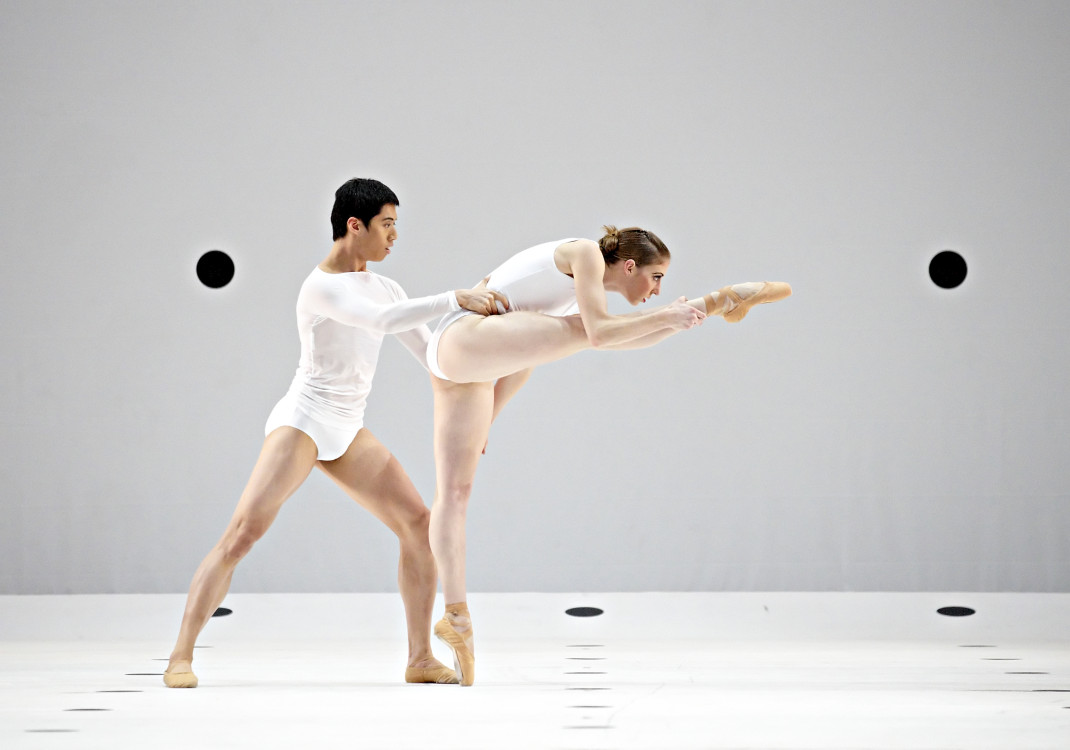14 May 2011, Opera Theatre, Sydney Opera House
This triple bill program, designed to highlight the strong links between British ballet and the growth of ballet in Australia, produced some moments that were absolute show stoppers.
None of those show stopping moments came, however, in Checkmate. Choreographed in 1937 by Dame Ninette de Valois as a battle between love and death played out on a chessboard, it opened the program. While for the most part it was adequately danced, it lacked any sustained suspense, which pretty much made a mockery of the whole thing. There is no doubt that Checkmate is an old fashioned work, highly stylised in its narrative and choreography. But some stronger characterisation, especially from Lucinda Dunn as the Black Queen, the seductress who ultimately brings about the downfall of the Red King, would have helped to make the work more enticing and anchored it in some kind of reality. Only Amy Harris as the Red Queen made anything of her role, a relatively minor one too, as she ushered in the Red King with kindness and concern. But without any strength of purpose from the other characters, Colin Peasley as the Red King had an uphill battle to make anything of his very important part.
But Christopher Wheeldon’s After the Rain, programmed as the middle piece, made up for the disappointments of Checkmate. The first section was strongly danced by Lana Jones, Amy Harris and Miwako Kubota partnered by Adam Bull, Andrew Killian and Brett Simon respectively. But it was the second section, the seductively beautiful pas de deux danced by Jones and Bull, that was the show stopper. Jones in particular captured the inner calm of this duet— ‘at the still point, there the dance is’ wrote T. S Eliot. Not only was Jones able capture the elusive quality of stillness and repose even as she moved or was moved by her partner, but with each lift one could only gasp at the curving line of her body as it cut through space until it reached the high point of the movement . There it settled into its final, classically perfect shape. Bull partnered her with care and the tenderness that befits the emotional underpinning of the duet, but nothing could match the star quality of Jones.
Jones appeared again as the leading dancer in the first movement of Kenneth MacMillan’s Concerto, which closed the program. Here she showed another side of her technique, her clear, precise footwork and her ability to turn—especially her ability to turn as she executed a faultless series of chaîné turns across the stage from one downstage corner to the other. She also imbued her dancing in this movement with a beautifully pert quality bringing the audience into her ambit with smiling eyes and a sparkle to her every move. It made me long to see her dance the lead in Balanchine’s Rubies.
Concerto needed, however, a little more precision of technique from the corps de ballet to do justice to MacMillan’s spatial arrangements, which any straggly lines instantly destroy. And they were destroyed on more than one occasion. Juliet Burnett, however, made a strong impression with a beautifully controlled performance in the pas de deux that comprises the second movement. She was partnered by Andrew Killian who almost stole the limelight from her with his deliciously unexpected changes of expression and mood.
Company pianist Stuart Macklin deserves accolades too for his solo piano performances, first in Arvo Pärt’s Spiegel im Spiegel to which the pas de deux in After the Rain is performed, and then as soloist in the Shostakovich second piano concerto to which Concerto is danced.
At last, a few moments of excitement from an Australian Ballet performance. Oh that there could be more!
Michelle Potter, 16 May 2011

